Neuroscience

Neurotransmitter receptors function via various G-protein coupled and G-protein independent mechanisms that activate downstream intracellular signaling pathways such as cAMP/PKA, PI3K/AKT, phospholipase A2, and phospholipase C pathways. For instance, dopamine receptors act through adenylate cyclase to activate PKA and other signaling molecules, thereby mediate gene expression through the actions of CREB and other transcription factors. Other neurotransmitters such as NMDAR or AMPAR are associated with ion channels that control flux of Ca2+ and Na+, thus propagating the action potential across the post-synaptic neuron.
Dysfunctions in GABAergic/glutamatergic/serotonergic/dopaminergic pathways result in a broad range of neurological disorders such as chronic pain, neurodegenerative diseases, and insomnia, as well as mental disorders including schizophrenia, bipolar disorder, depression, and addiction.
-
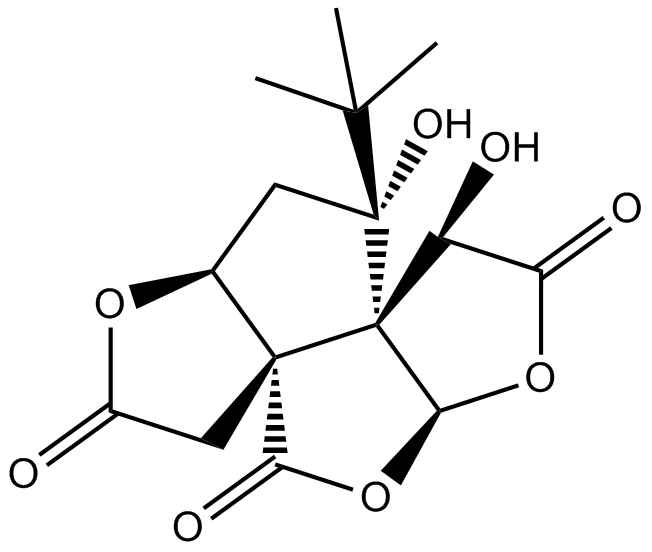 A3241 BilobalideSummary: Neuroprotective agent
A3241 BilobalideSummary: Neuroprotective agent -
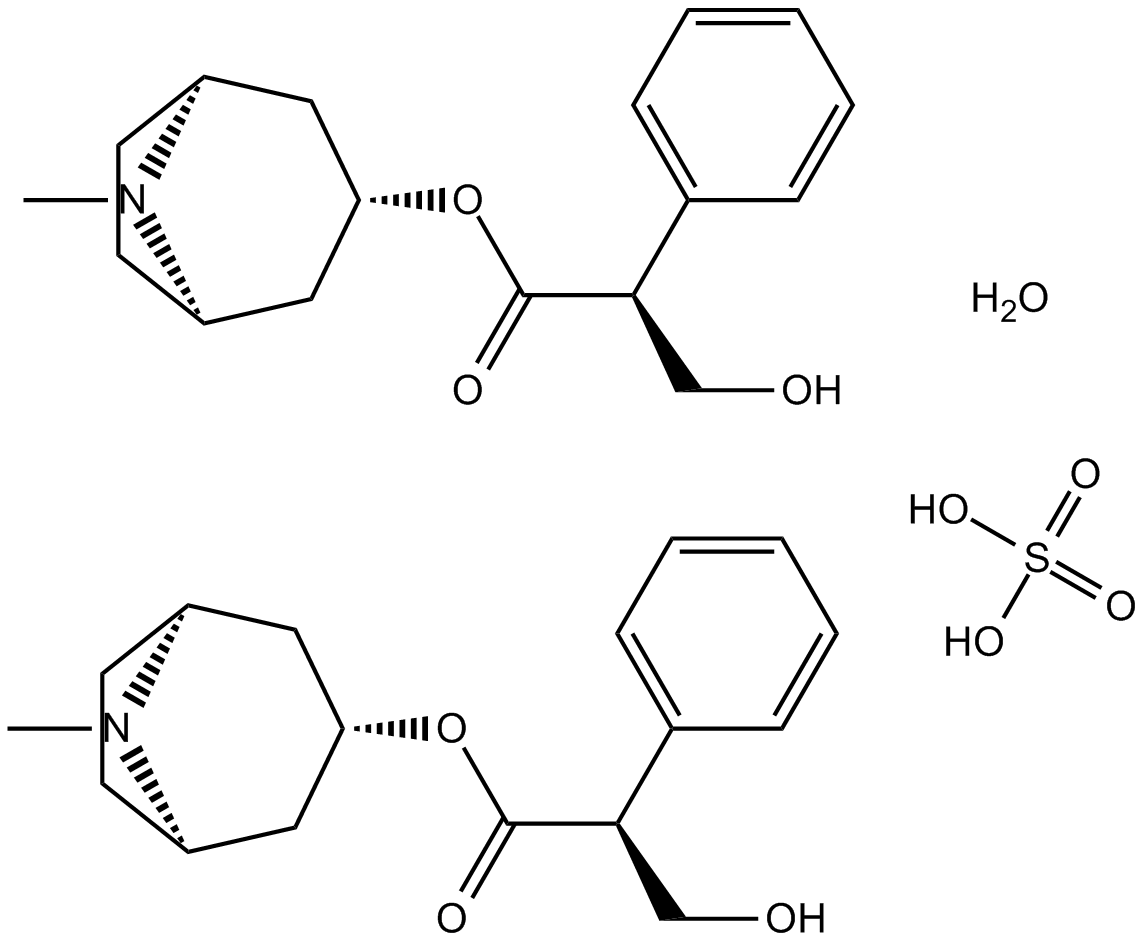 A8369 Atropine sulfate monohydrateTarget: M3 Receptors|M1 Receptors|M2 Receptors|M4 Receptors|M5 ReceptorsSummary: MAChRs antagonist
A8369 Atropine sulfate monohydrateTarget: M3 Receptors|M1 Receptors|M2 Receptors|M4 Receptors|M5 ReceptorsSummary: MAChRs antagonist -
 A8466 Meloxicam (Mobic)Target: COXSummary: Nonsteroidal anti-inflammatory drug
A8466 Meloxicam (Mobic)Target: COXSummary: Nonsteroidal anti-inflammatory drug -
 B5579 VU 0365114Summary: positive allosteric modulator of M5
B5579 VU 0365114Summary: positive allosteric modulator of M5 -
 A1017 Adrenorphin, Free AcidSummary: μ/κ opioid receptor agonist
A1017 Adrenorphin, Free AcidSummary: μ/κ opioid receptor agonist -
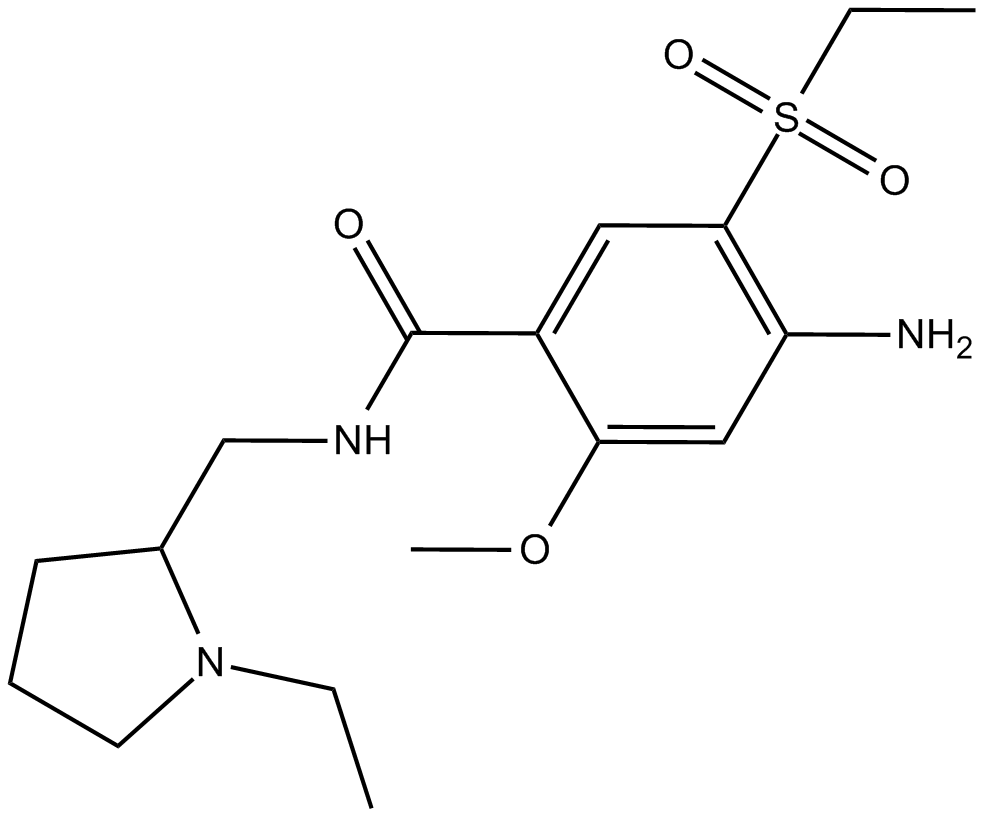 B1479 AmisulprideSummary: Dopamine D2/D3 receptor antagonist
B1479 AmisulprideSummary: Dopamine D2/D3 receptor antagonist -
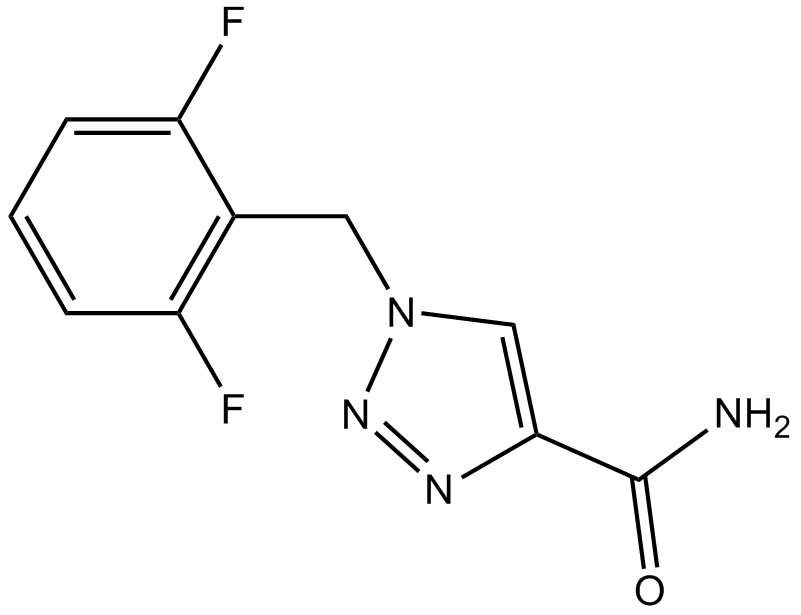 B2280 RufinamideSummary: voltage-gated sodium channel blocker
B2280 RufinamideSummary: voltage-gated sodium channel blocker -
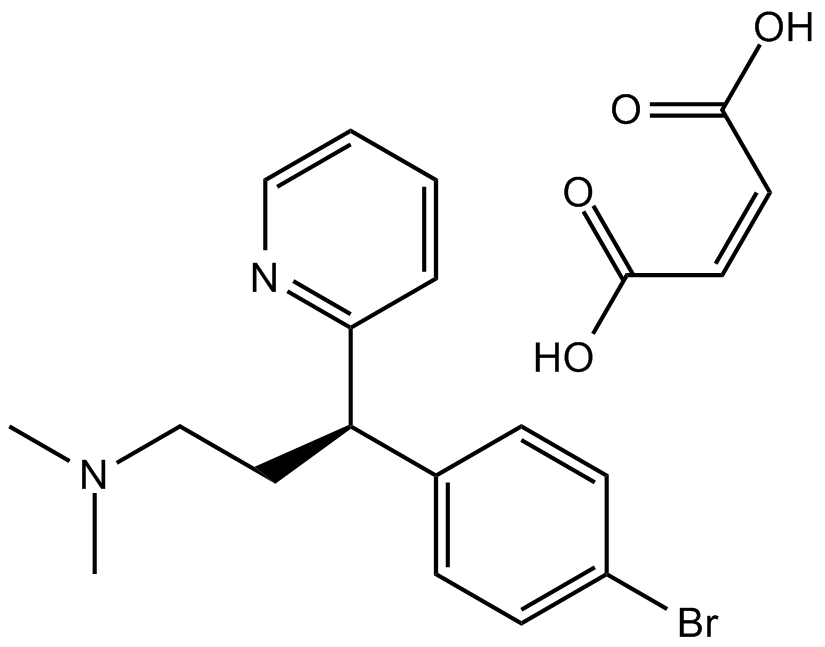 B1545 Brompheniramine hydrogen maleateSummary: Histamine H1 receptors antagonist
B1545 Brompheniramine hydrogen maleateSummary: Histamine H1 receptors antagonist -
 B5487 EHT 1864Summary: Rac family small GTPases inhibitor
B5487 EHT 1864Summary: Rac family small GTPases inhibitor -
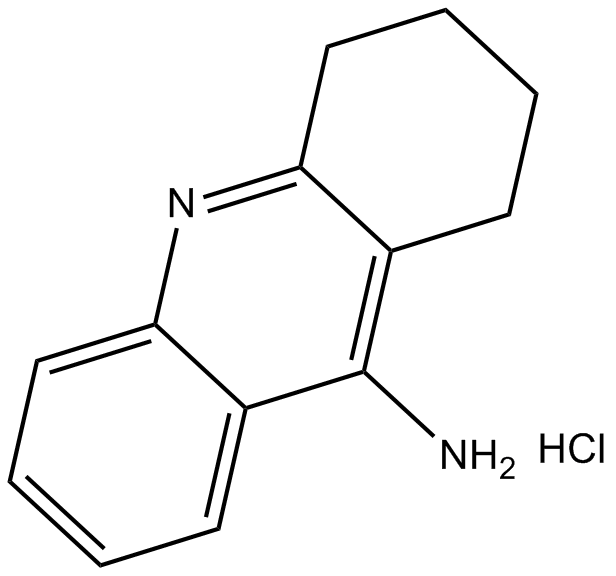 B6527 Tacrine hydrochlorideSummary: cholinesterase inhibitor
B6527 Tacrine hydrochlorideSummary: cholinesterase inhibitor

